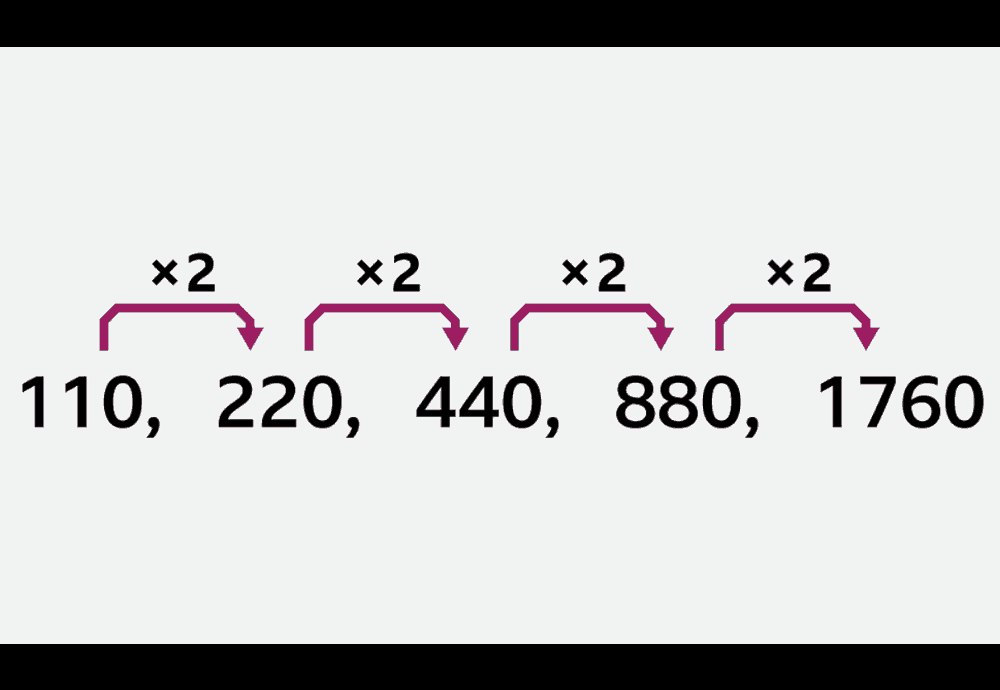
- Arithmetic and geometric sequences calculator how to#
- Arithmetic and geometric sequences calculator series#
So the 5-th term of a sequence starting with 1 and with a difference (step) of 2, will be: 1 + 2 x (5 - 1) = 1 + 2 x 4 = 9.įor a geometric sequence, the nth term is calculated using the formula s x s (n - 1).
Arithmetic and geometric sequences calculator how to#
How to calculate n-th term of a sequence?įor an arithmetic sequence, the nth term is calculated using the formula s + d x (n - 1). The rule for a geometric sequence is simply x n = ar (n-1). The general form of such a sequence is, where r is the factor between the terms (common ratio). 99, 100 which is a subsequence of the integer numbers, in which the difference between one term and the next is 1.

If the difference is positive, it is an increasing sequence, otherwise it is a decreasing one. In arithmetic sequences, also called arithmetic progressions, the difference between one term and the next one is constant, and you can get the next term by adding the constant to the previous one. Arithmetic Sequence (Arithmetic Progression)

Arithmetic and geometric sequences calculator series#
See our sigma notation calculator for summing up series defined by a custom expression. The calculator output is a part of the sequence around your number of interest and the sum of all numbers between the starting number and the nth term of the sequence. The fibonacci sequence is fixed as starting with 1 and the difference is prespecified. Finally, input which term you want to obtain using our sequence calculator. Specify the common difference, which is how the sequence is constructed basically. Then specify the direction of the sequence: increasing or decreasing, and the number you want to start from. Start by selecting the type of sequence: you can choose from the arithmetic sequence (addition), geometric sequence (multiplication), and the special Fibonacci sequence. This is a very versatile calculator that will output sequences and allow you to calculate the sum of a number sequence between a starting item and an n-th term, as well as tell you the value of the n-th term of interest. Our sequence calculator outputs subsequences of the specified sequence around the selected nth element. If each element is larger than or smaller than the preceding element, then a sequence is strictly monotonically increasing or strictly monotonically decreasing, respectively. Sequences can be monotonically increasing - that is if each term is greater than or equal to its preceding term, or they can be monotonically decreasing, if the reverse is true. Number sequences can be expressed as the function that generates the next term in a sequence from the previous one. The number of elements is the length of the sequence. In mathematics, a sequence is an ordered list of objects, usually numbers, in which repetition is allowed.


 0 kommentar(er)
0 kommentar(er)
